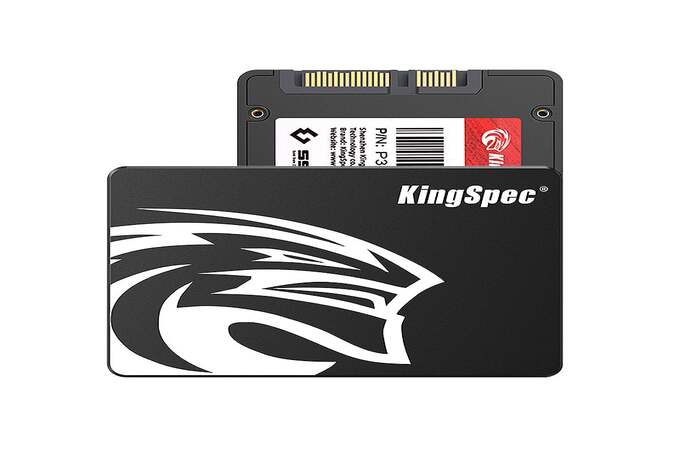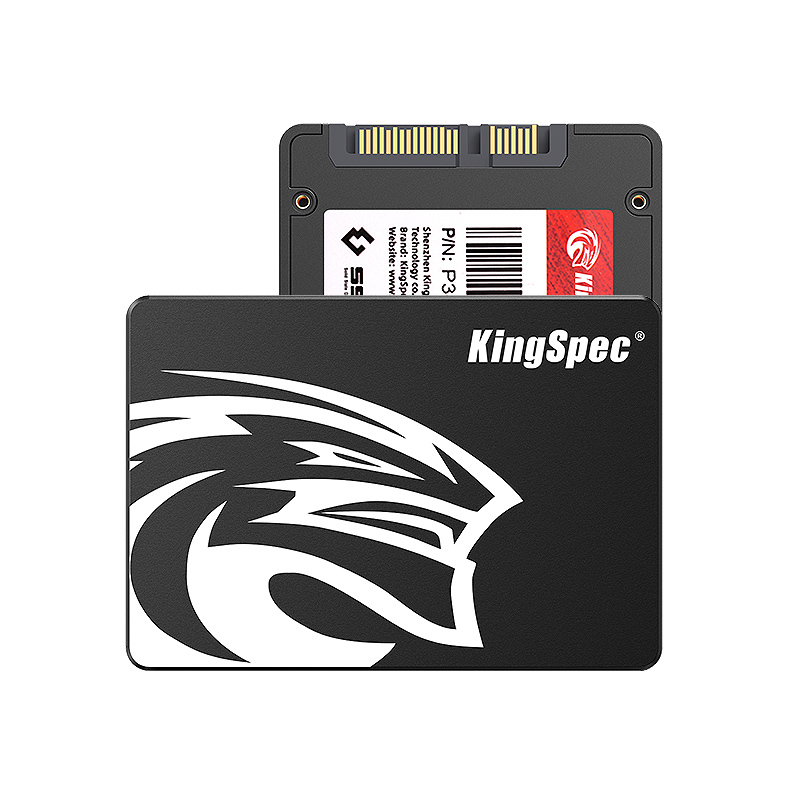News
Site Editor
 Site
https://kingspec.usa02.wondercdn.com/uploads/image/6307135a29359.png
Do you know how we evolved from moving disks to semiconductor chips for saving our files? Here you will learn everything about the history and development of SSDs.
Site
https://kingspec.usa02.wondercdn.com/uploads/image/6307135a29359.png
Do you know how we evolved from moving disks to semiconductor chips for saving our files? Here you will learn everything about the history and development of SSDs.
The Development and History of Solid State Drives
Views: 22063
Author: Site Editor
Publish Time: 2022-12-21
Origin: Site
Every computer needs several files and documents for its proper functionality. These can be the user files or OS files, and to store them storage drive is essential for a computer. Traditionally we used hard disc drives, but today most computers use solid-state drives because of their higher performance and faster speed.
Do you know how we evolved from moving disks to semiconductor chips for saving our files? Here you will learn everything about the history and development of SSDs.
The historical development of SSDs
The traditional HDDs worked with unreliable moving parts, and there was an operating noise as well. Engineers were constantly looking to upgrade this limiting factor, and the first attempt to use SSD technology came in the 1970s.
Here the semiconductor technology was used for the first time by removing the moving parts. While it saved a lot of space, it was still immature and extremely expensive. So, only the larger systems like supercomputers from Cray and IBM were using the technology back then.
The Flash Memory
In the 1980s, a newer technology of solid-state drives was invented named flash memory. It was introduced commercially as a flash-based SSD in 1987.
The technology kept on evolving, and in 1991 a 20MB storage device was introduced for $1000 by SanDisk. It was the prime time for improvements made in the SSD world, and from them, we have seen price drops and performance increments.

How did SSDs work
The SSD was designed using memory cells made with semiconductor materials, just like the DRAM technology. Several issues were resolved with the flash memory technology. This technology was based on floating-gate transistors that stored bits of memory data in series.
So, the huge files were broken down into bits creating accessible blocks where reading, writing, and erasing were made fast enough at compatible rates with the CPUs back then. This methodology of working with SSDs not only made them faster but also kept getting smaller, enabling them to be used in the following devices:
· Smartphones
· Laptops
· Cameras and other small devices.
What was the difference between SSDs and HDDs
While the major difference between these 2 at first glance seems to be the moving parts in them, the technologies used for both differentiate by a huge leap. HDDs used magnetic disks and an arm that read or write data onto that disks, making them slower and louder because of motion. On the other hand, SSD technology was based on digital operation with bits.
The historical significance of SSDs in today’s computer world
The evolution of SSDs led to a new era of technological improvements that we see today. Computers have become smaller and faster than ever before. The portability and compatibility factor has hugely improved, and SSDs also help improve the newer devices' power efficiency.
Several industries, from gaming to medicine, content creation, and education, have seen significant improvements only because of the evolution of solid-state drives.
Upgrade your computer with the best high-performance SSDs.
The evolution of computer storage drives from HDDs to SSDs is one of the best considering performance increase. So, if you still don’t use solid-state drives in your PC, it might be the right time you upgrade






















